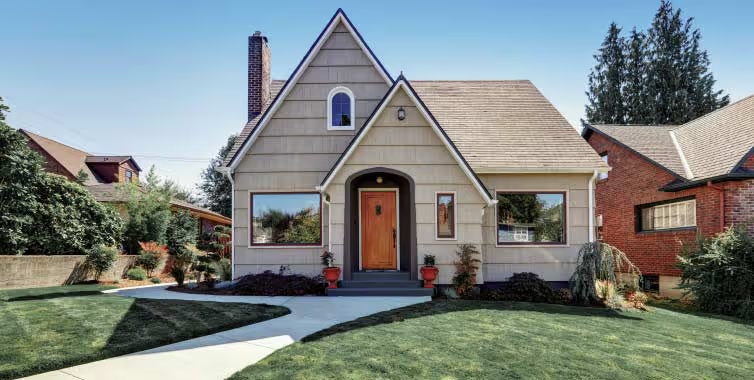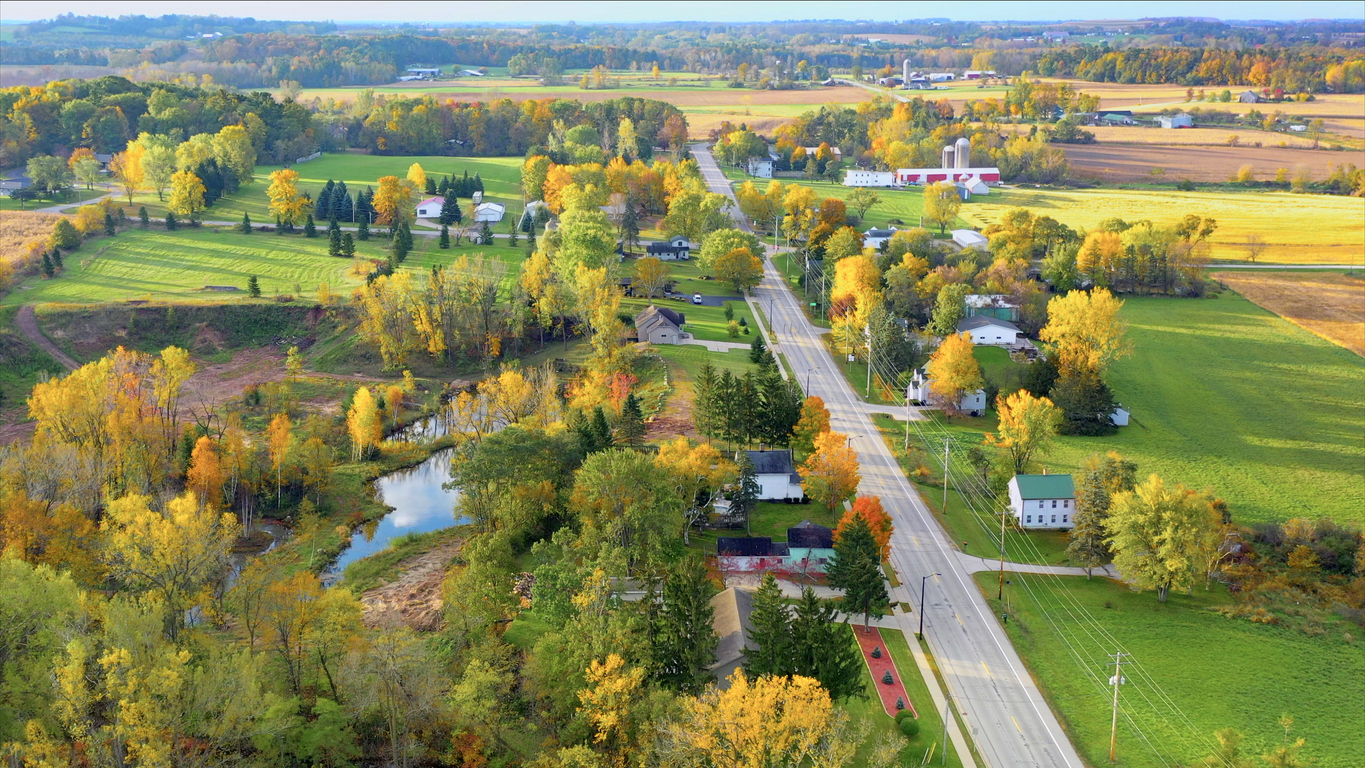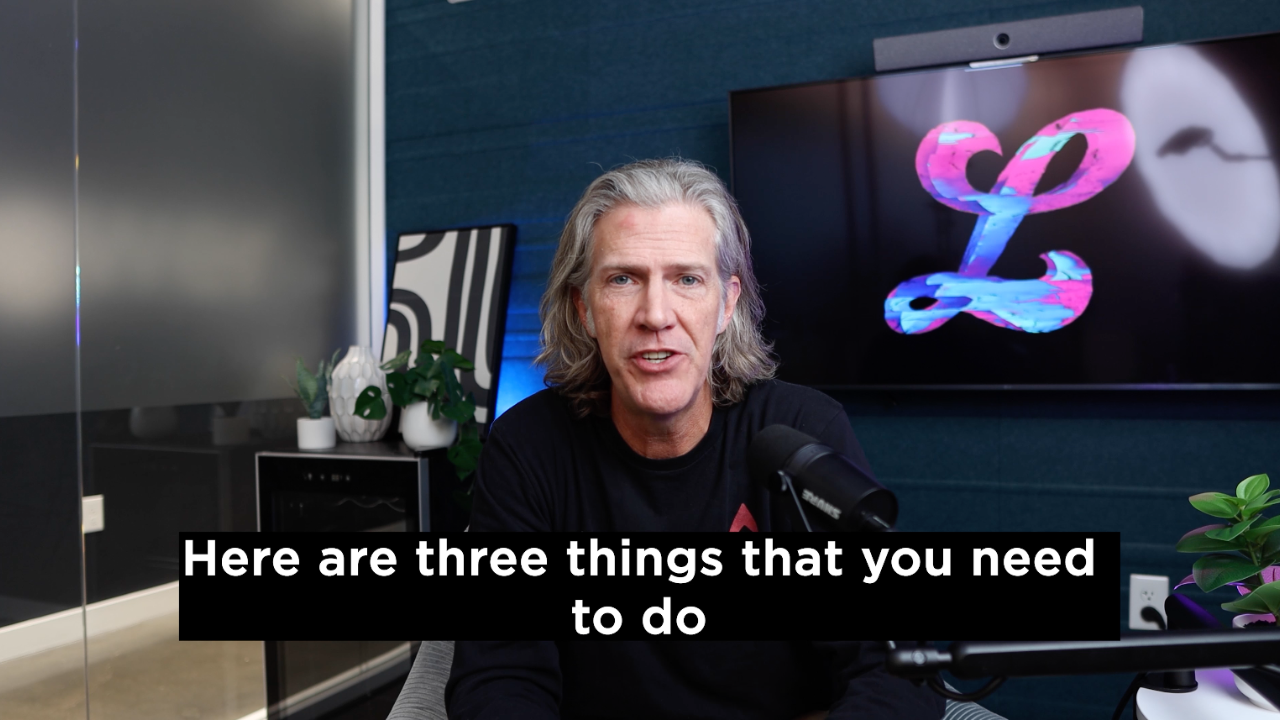We’ll admit it. Saving #homeinspo ideas on your Pinterest board is a lot more fun than saving for a down payment.
But—we’ll argue that paying more attention to your down payment now will give you the freedom to decorate the home office you’ve been waiting for once you get into your new home.
That’s right, paying high attention to the loan you take out, how much you plan to save for your down payment, and where you save it will really pay off in the long run.
If you’re still not sure what type of home loan you’re going to pursue and the down payment requirements for each, we’re here to break it down for you.
After reading, you’ll have more clarity into the right type of home loan for you and how much you should expect to save.
What Affects Your Down payment
If your friends and family are open with you about their home-buying process, you’ll probably realize that the down payments they paid vary a lot.
Your friend got away with paying 4% for an FHA mortgage, your cousin didn't mind paying a few grand more in exchange for lower premiums, and your uncle skipped having to pay a down payment at all when he took out a VA loan.
You're probably wondering what determines the down payment you'll end up paying on your mortgage.
Well, it's based on a few factors, including:
Individual preferences
People—and their financial situations—are different.
Some may prefer to pay a substantial down payment upfront. By doing so, they reduce the interest and the private mortgage insurance (PMI) they will pay.
A larger down payment is also a great way to build equity quickly.
However, it comes at the cost of dipping into their savings.
The type of loan you’ll take
The type of loan you take will determine the amount of down payment you’re required to pay.
Mortgages and loans that the Federal Government backs, like a VA loan, have lower down payments than those private lenders offer.
Understanding the Largest Check You'll Write in Your Life
A down payment is the amount of money you pay upfront before you purchase a house, car, or any property on credit. It's one of the many parts of your mortgage payment.
If you take a $200,000 mortgage and the lender is willing to give you 80%, then your down payment will be about 20% or $40,000.
However, the average down payment in America isn't anywhere near that. It's about 12%. Down payments are also usually much smaller for first-time homebuyers who typically put 7% down.
Experts, on the other hand, advise 20% as the ideal down payment. A down payment of around 20% ensures:
- Your offer stands out in a competitive market
- You don't have to pay Private Mortgage Insurance (for a conventional loan)
- It may make your interest rate lower
Here’s how much to save for different types of mortgages
Like you've seen above, the type of mortgage you'll take is the most significant determinant of your down payment.
Generally, all loans fall into two categories: conventional mortgages and non-conventional mortgages.
Building on that, conventional mortgages are those loans that aren't backed by the government, whereas non-conventional mortgages are those backed by the government.
1. Conventional Mortgage
These are mortgages that aren't backed by the federal government in most instances. If you'll be taking a conventional mortgage, it’s recommended that you put 20% down or put less money down and pay private mortgage insurance (PMI). For conventional loans, however, first-time buyers can put down as little as 3% and other homebuyers can put down as little as 5% (for a primary residence).
Common types of conventional mortgages include:
30 year fixed
We'll bet you five bucks that most of your current or future neighbors are on 30-year fixed mortgages. These are mortgages with a fixed interest rate that you finance within a thirty-year limit.
Like most other conventional mortgages, you will have to put about 20% down to avoid paying PMI (or private mortgage insurance). However, most people may prefer to put down much less than 20% of their home, pay the PMI for a while, and then knock it off their mortgage payment once they’ve reached 20% equity in their home.
15 year fixed
A fifteen-year fixed is a less popular option. Here, you’ll finance the value of your home within fifteen years at a fixed interest rate.
Without a 20% down payment for a fifteen-year fixed, you may have to pay yearly PMI.
However, one advantage of thirty and fifteen-year fixed loans is that once your mortgage is backed by Fannie Mae or Freddie Mac, you get to pay lower premiums, as low as 3%.
Jumbo loan
A Jumbo Loan is a non-conforming conventional mortgage. This means that unlike the previous two, its value is above the federal mortgage limit.
If you're buying a home above $548, 250 in a low-cost area or $822,375 in a high-cost area, you're probably going to take a Jumbo loan. Your down payment should probably be 20%. It could be lower, but you'd have to cope with PMI.
2. Fixed-Rate Mortgage
A fixed-rate mortgage is a loan with a consistent interest rate payment throughout the life of your repayment.
Common types of fixed-rate mortgages are the 10, 15, and 20-year fixed-rate mortgages. By taking a fixed-rate mortgage, you get to pay fixed monthly payments regardless of the interest rate.
If you're planning to take a fixed-rate mortgage that isn't federally backed, you need to pay at least 20% down in order not to pay PMI.
3. Adjustable-Rate Mortgage
Unlike fixed-rate mortgages, the interest rates in adjustable-rate mortgages vary with the Federal rate. However, there's a catch.
The interest rates in Adjustable mortgage rates are lower than conventional mortgages for a period after which they steadily increase.
For an adjustable-rate mortgage, you're better off putting 20% down (if you can afford it) to avoid paying PMI. However, most people take ARM's because they can pay them off earlier. In this case, you're not losing much by paying a down payment lower than 20%.
4. Non-Conventional Mortgages
These are mortgages that are offered or backed by government agencies. Most non-conventional mortgages have lower down payment options than those offered by private lenders.
FHA Loans
FHA loans are government-backed loans offered by FHA-backed lenders. These loans have down payments as low as 3.5% for a credit score of 580 and above. However, for credit scores within the 500 -579 range, the down payments are about 10%.
If you put more than 10% down, you get to pay PMI only for the first eleven years. However, if your down payment is less than 10%, you will end up paying PMI until you refinance or clear your mortgage.
USDA Loans
USDA loans are good news for anyone in rural America. These are mortgages that are offered directly or guaranteed at low-interest rates to farmers in rural America by the USDA.
But that's not the best part yet. If you live in rural America and are eligible for a USDA loan, you get home financing with zero down payment. However, income limits and property cap values apply to this type of mortgage.
VA Home Loans
If you're a veteran, you'll be glad to hear about VA Home loans. VA Loans are mortgages offered by Veteran Affairs for service members, veterans, and their spouses.
Like the USDA loans, VA loans come at zero down payment, limited closing costs, and low-interest rates.

















.svg)
.svg)

.svg)













